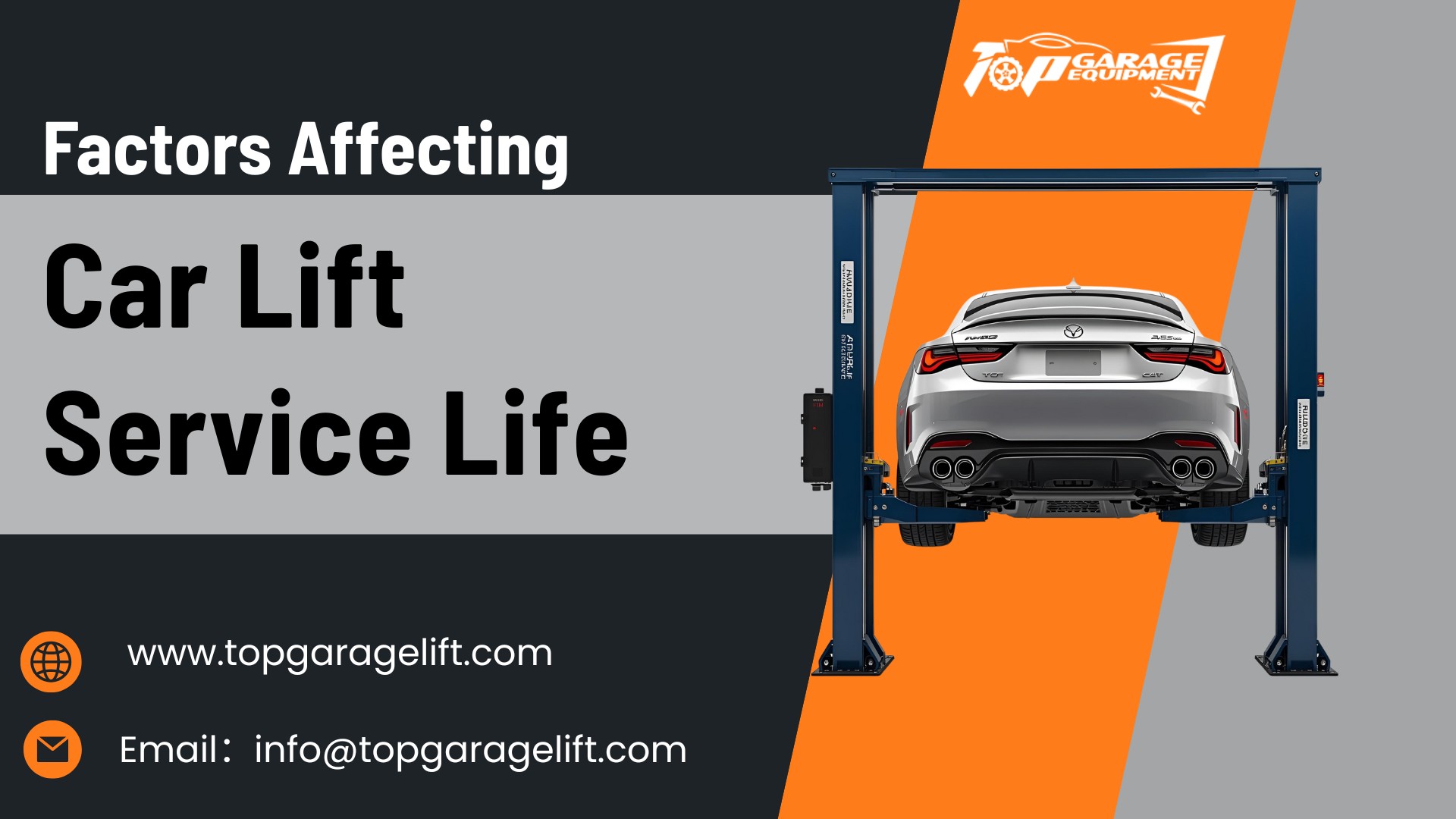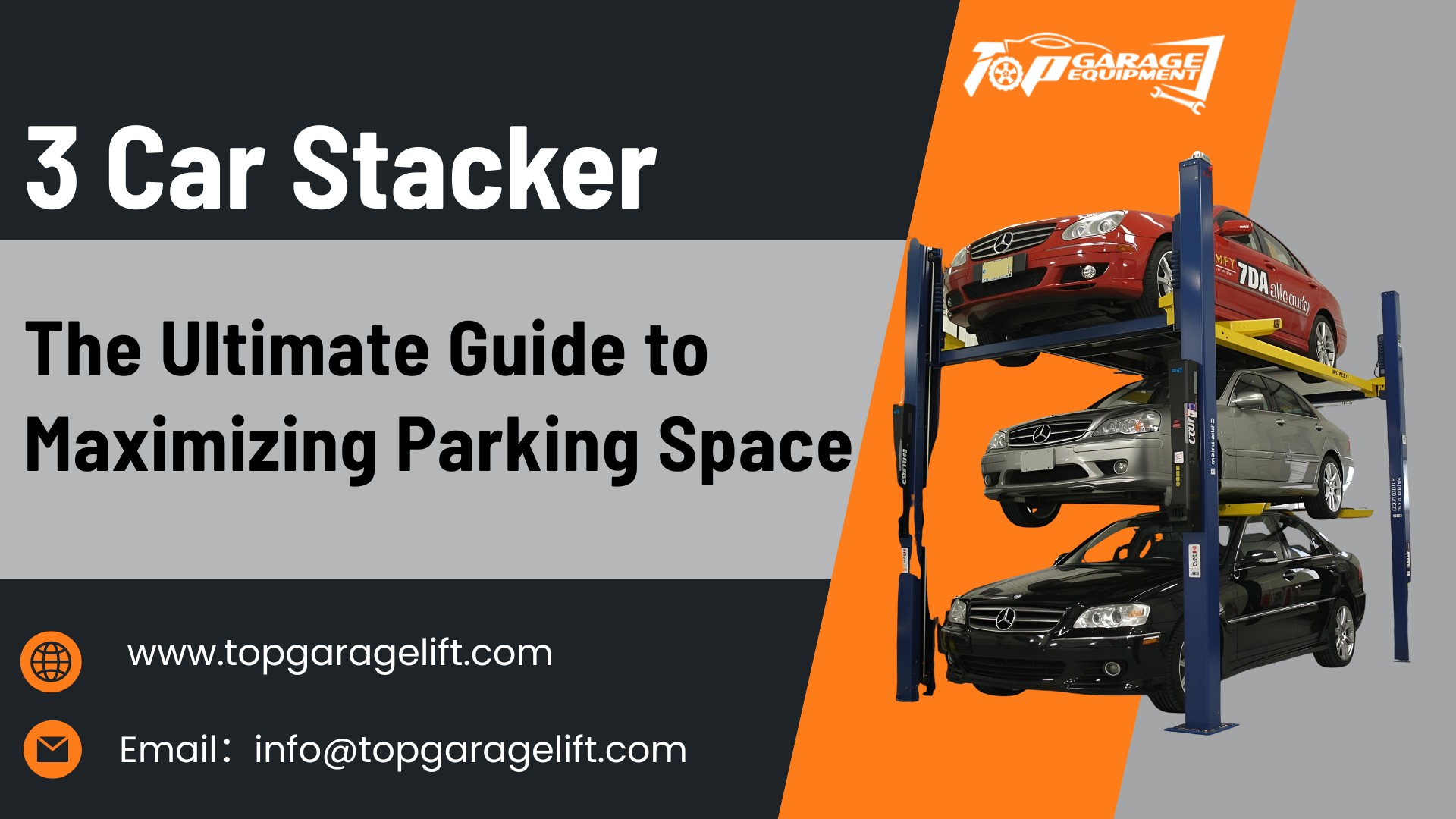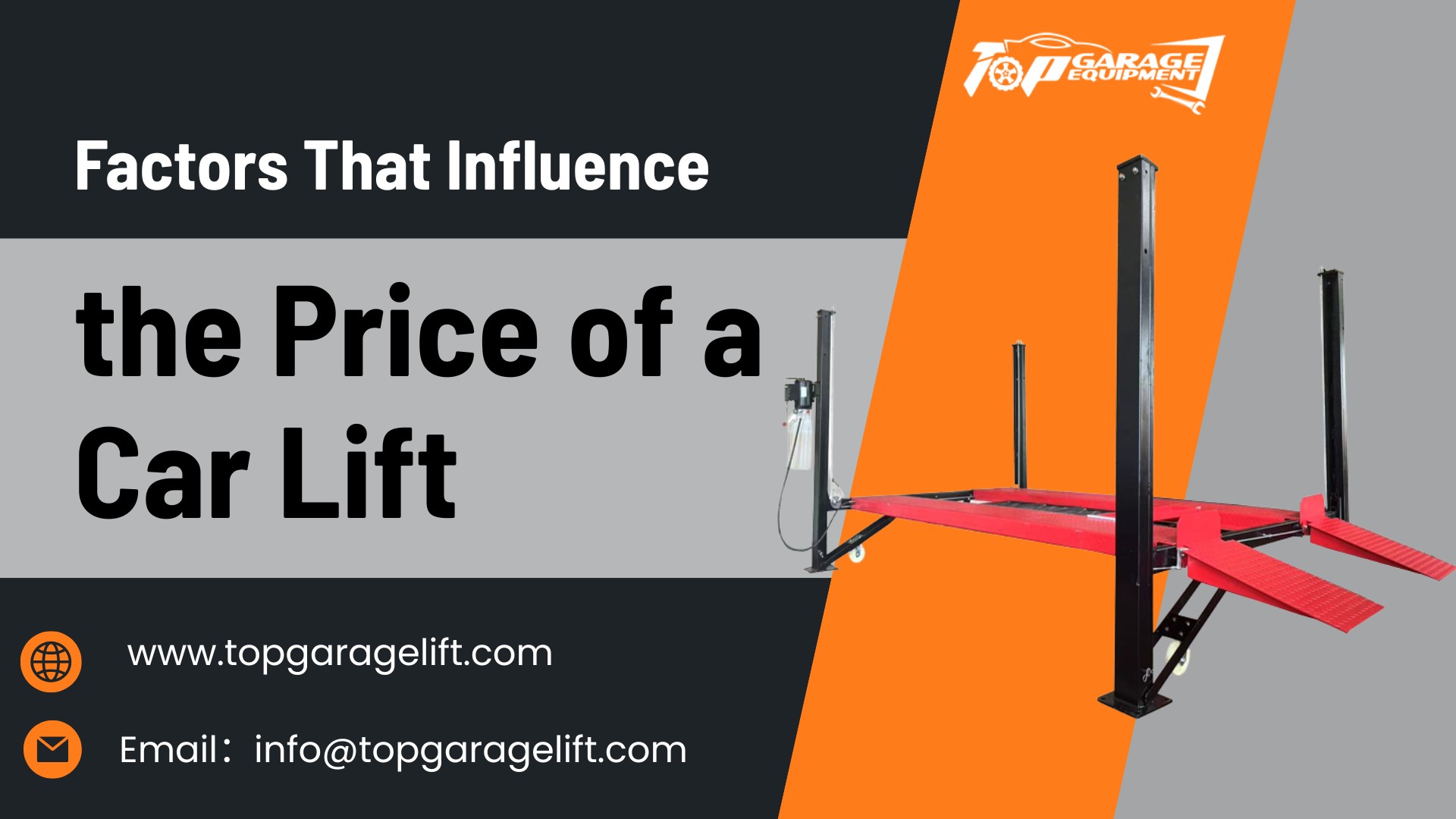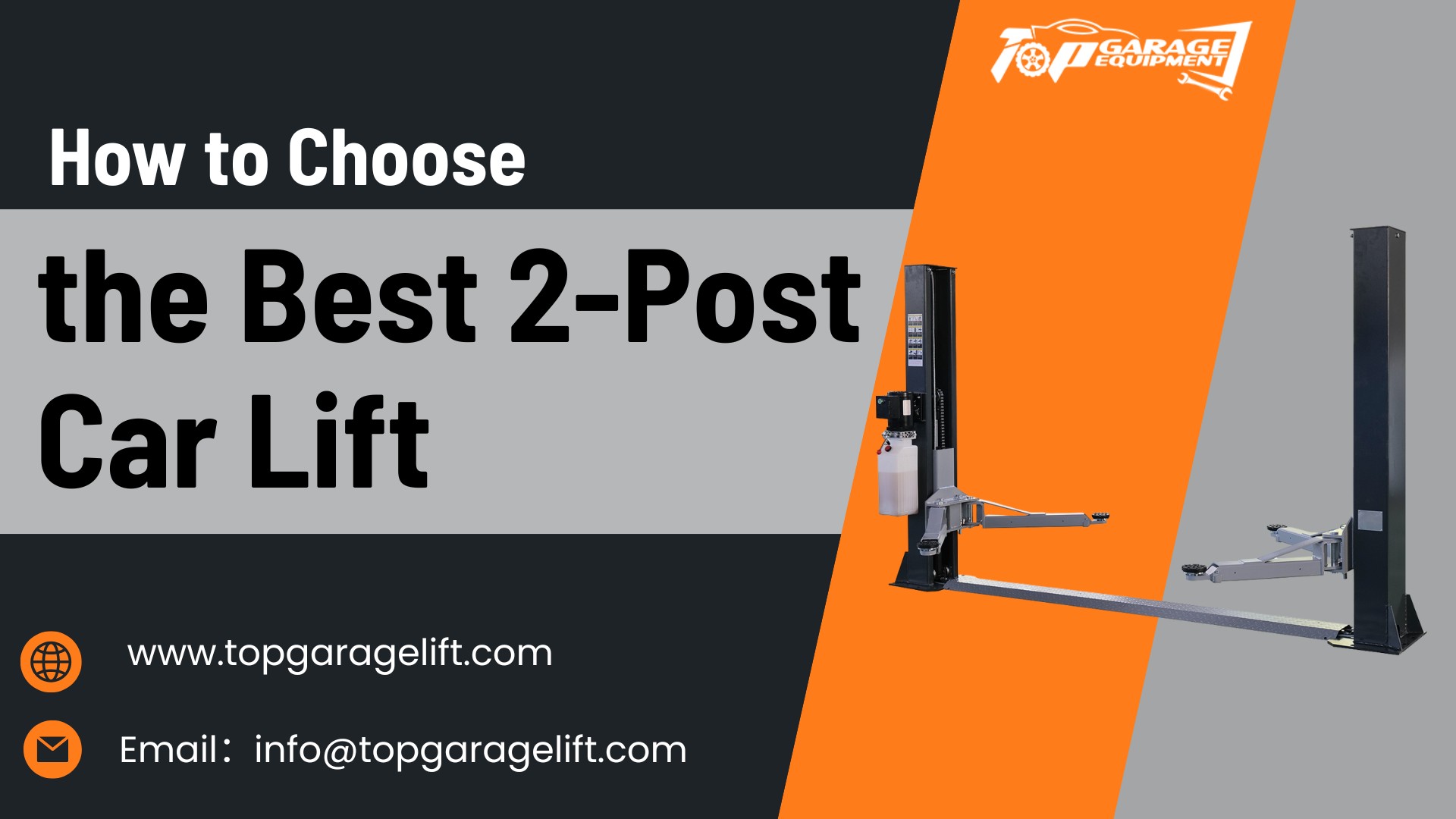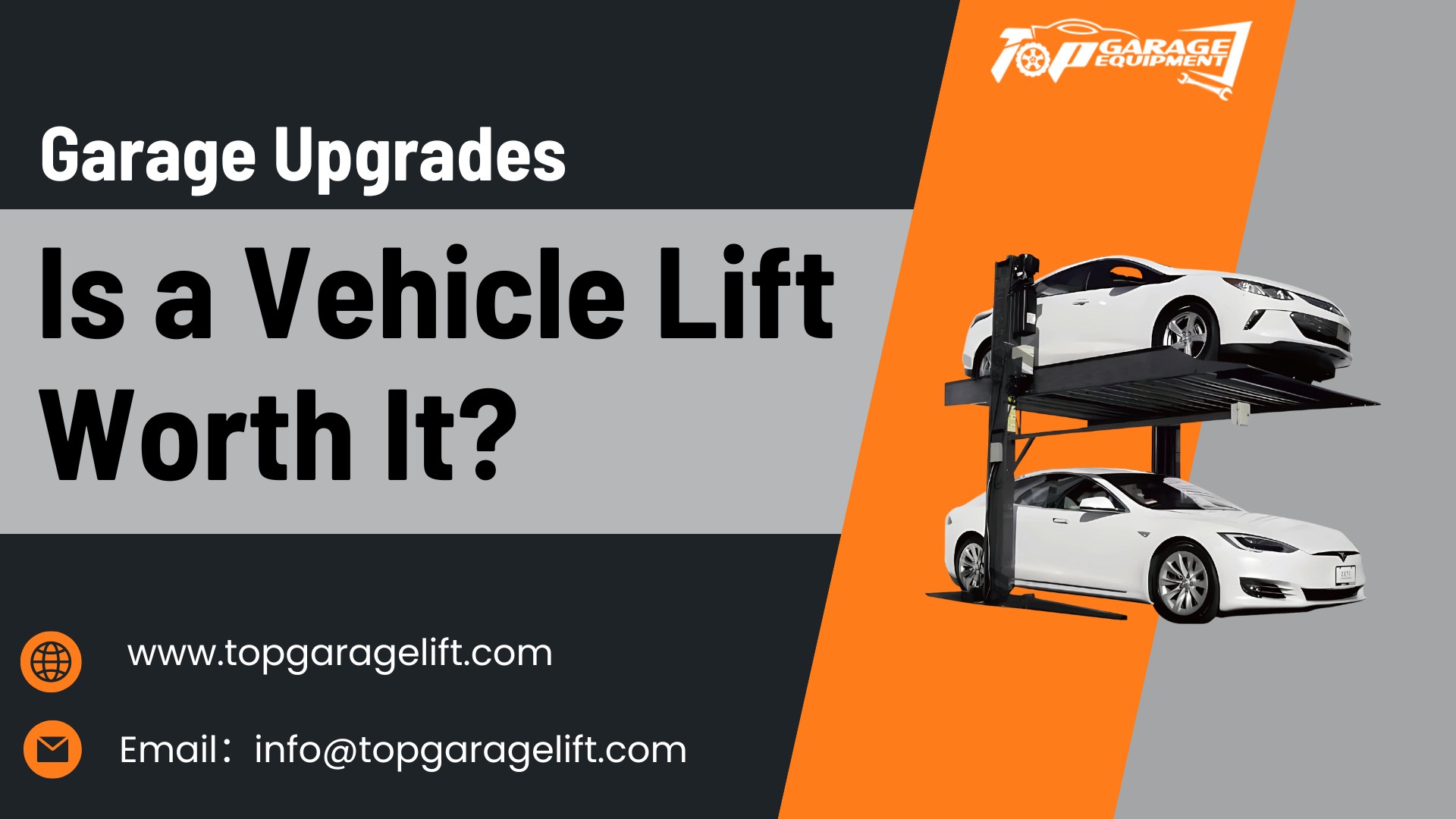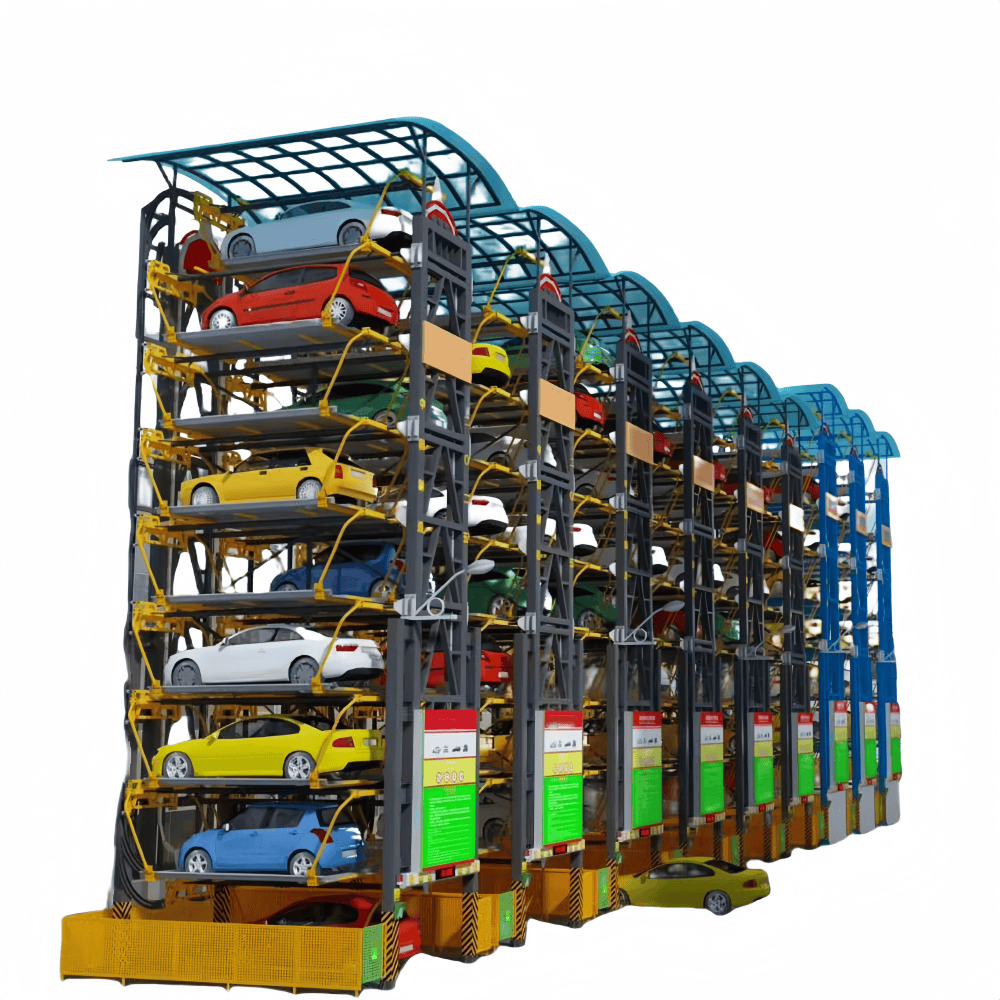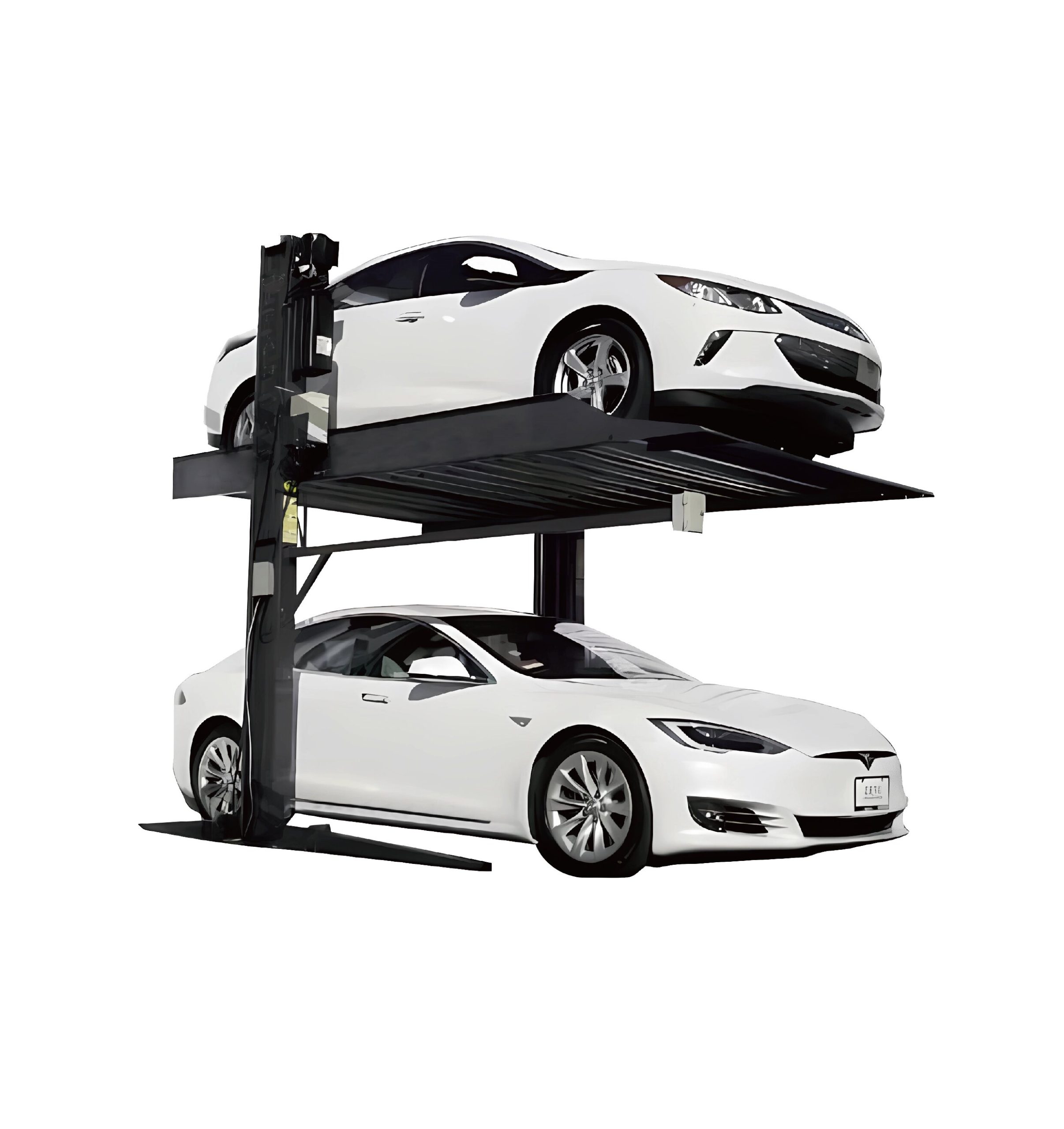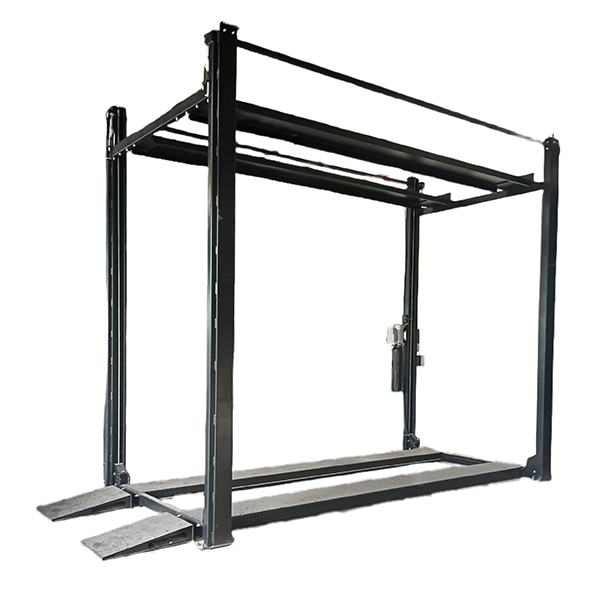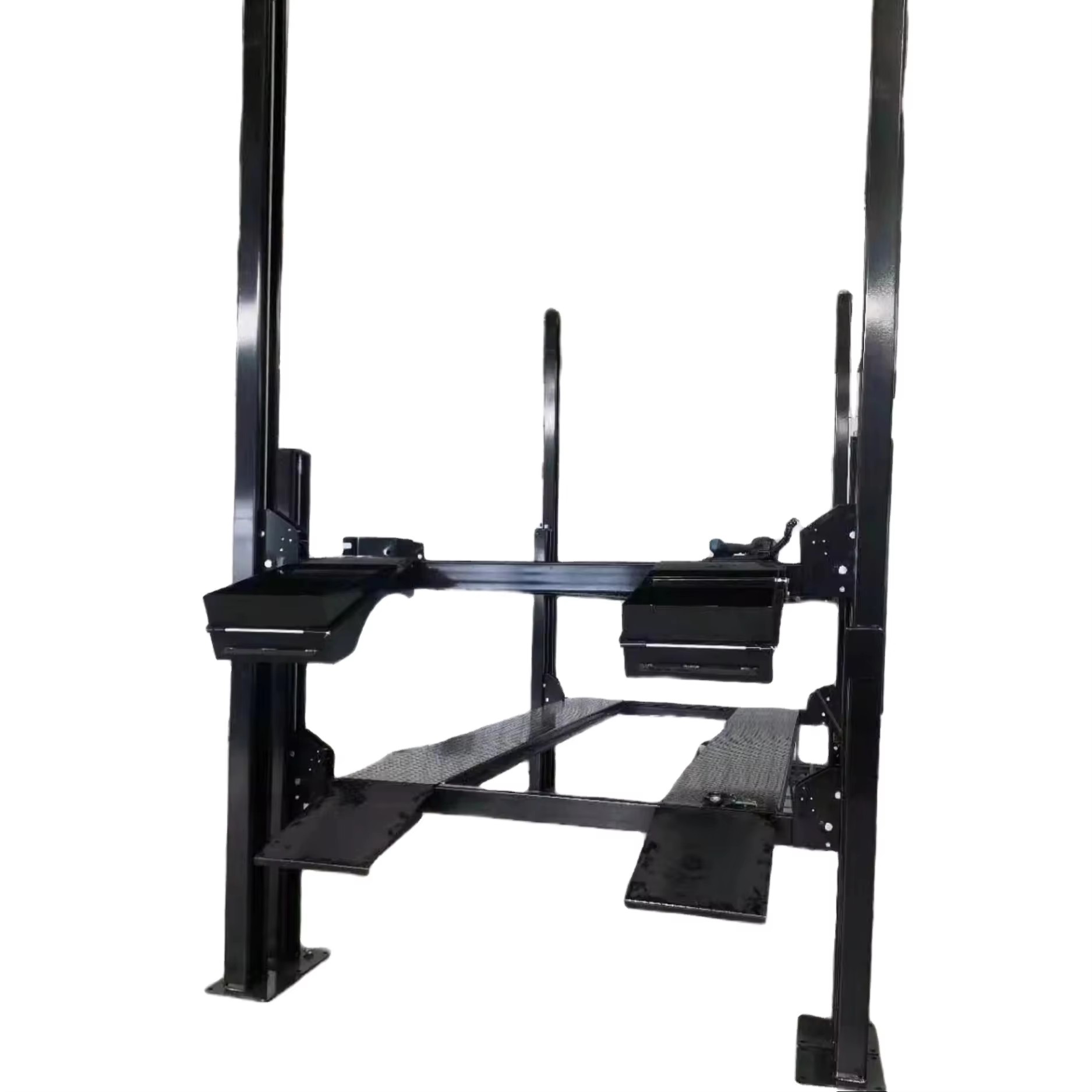Looking to make the most of your garage space while keeping your vehicles safe, secure, and well-organized? A car stacker lift offers an innovative and practical solution for anyone looking to optimize parking or storage areas. Whether you’re aiming to protect valuable classic cars, create extra room for seasonal vehicles, or efficiently store multiple cars in a limited space, the right lift can completely transform the way you use your garage.
With a wide range of lift types, sizes, and features available, understanding your options is essential to finding a system that perfectly fits your space, accommodates your vehicles, and meets long-term needs.

Understand Garage Space and Needs
Vehicle Size
Choosing the right Car Stacker Lift starts with knowing the types and sizes of vehicles in the garage. Sedans, SUVs, and trucks have different heights and weights. A family may own two sedans and an SUV, while a business might store several large vans.
Garage space sets the limits for any lift installation. Measure the length, width, and ceiling height before making a decision. Four-post car lifts often require a ceiling height of 12 to 14 feet, while two post car lift need at least 11 to 12 feet.
| Lift Type | Minimum Ceiling Height |
|---|---|
| Four-Post | 12-14 ft |
| Two-Post | 11-12 ft |
A small garage may only fit a compact lift. Large garages can support multi-level systems.
Usage Type
Residential and commercial garages have different needs. May use a lift for seasonal storage or to protect classic cars. Commercial users often need frequent access and higher capacity.
A residential lift usually stores one or two vehicles. Commercial lifts may handle several cars each day.
Car Stacker Lift Features
Weight Capacity
Weight capacity is one of the most important features. Most lifts support between 6,000 and 8,000 pounds. Heavy vehicles like trucks or SUVs need a higher capacity.
Some lifts can handle more than two cars at once. Multi-level lifts often have higher weight limits. This feature helps in commercial garages with frequent use.
Lift Height
Lift height determines how much vertical space the lift provides. Standard lifts raise vehicles between 70 and 80 inches. Taller lifts allow for stacking larger vehicles.
A garage with a high ceiling can use a lift with greater lift height. This feature is important for storing SUVs or vans. Always measure the garage ceiling before buying.
Platform Size
Platform size affects which vehicles fit on the lift. Wider platforms can hold larger cars or trucks. Some lifts offer adjustable platforms for different vehicle sizes.
| Platform Type | Typical Width | Typical Length |
|---|---|---|
| Standard | 80 inches | 180 inches |
| Wide | 100 inches | 200 inches |
A compact platform works for small cars. Wide platforms are better for commercial use.
Safety
Safety features protect both vehicles and users. Most lifts include locking mechanisms and anti-fall devices. Emergency stop buttons add another layer of protection.
Some lifts have alarms or sensors. These features help prevent accidents. Always follow the manufacturer’s safety guidelines.
Ease of Use
Ease of use makes daily operation simple. Many lifts use hydraulic systems for smooth movement. Controls should be easy to reach and understand.
Some lifts offer remote controls or automatic locking. These features save time and reduce effort. Simple maintenance also adds to ease of use.
Types of Car Stacker Lift
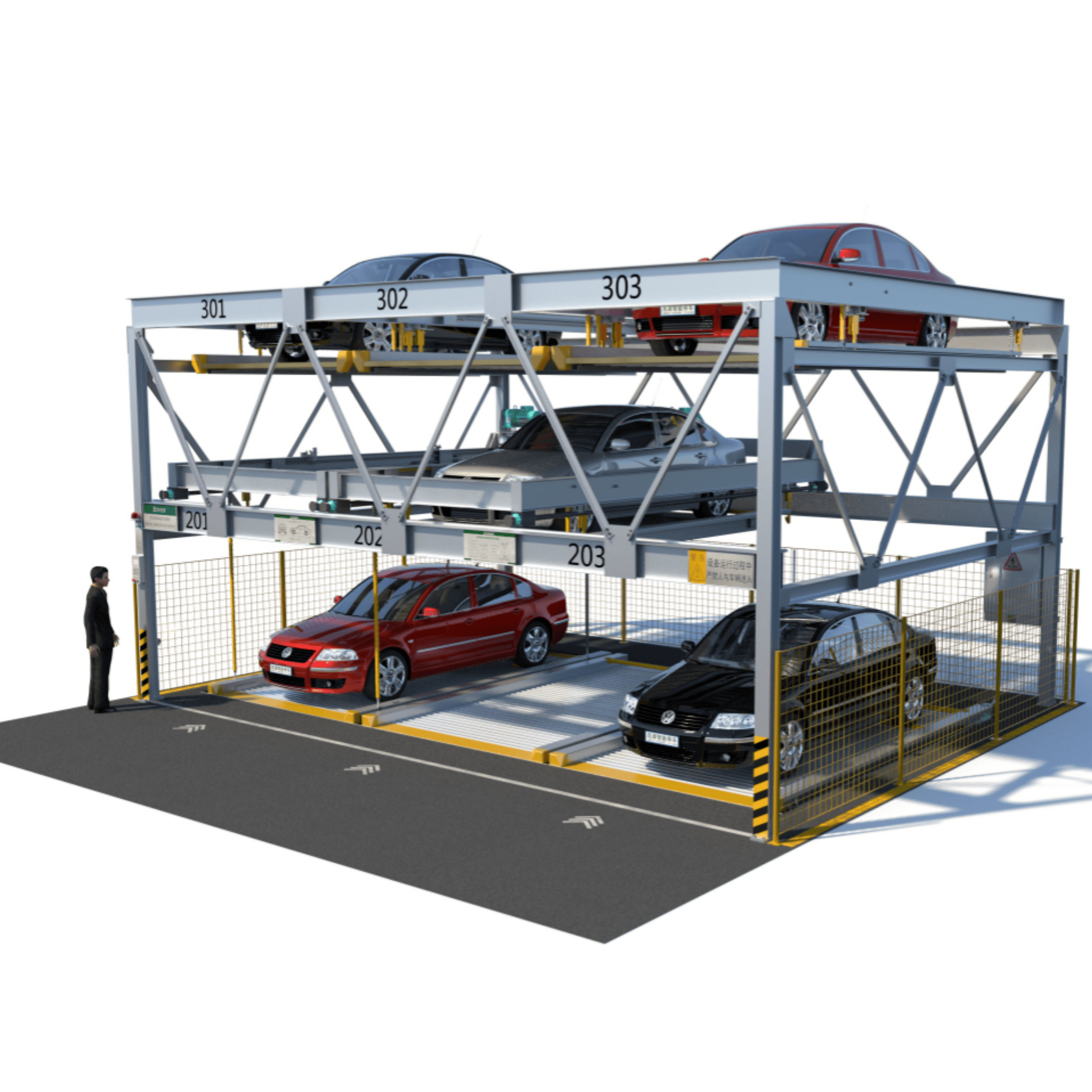
Two-Post vs. Four-Post
Two-post lifts use two columns to support vehicles. They work well in garages with limited space. Four-post lifts use four columns and offer greater stability for heavier vehicles.
Four-post lifts often provide higher weight capacity and allow for easier drive-on access. Two-post lifts suit smaller cars and tight spaces.
A four-post Car Stacker Lift fits large garages and commercial settings. Two-post lifts fit residential garages with lower ceilings.
Hydraulic vs. Mechanical
Hydraulic lifts use fluid pressure to raise and lower vehicles. They deliver smooth and quiet operation. Mechanical lifts use gears, chains, or cables for movement.
Hydraulic systems require less manual effort and often include safety features like automatic locks. Mechanical lifts may need more maintenance but cost less.
Hydraulic lifts suit users who want easy operation. Mechanical lifts work for those who prefer simple technology.
Single vs. Multi-Level
Single-level lifts store one vehicle above another. They maximize vertical space in small garages. Multi-level lifts stack three or more vehicles, increasing storage in commercial garages.
Multi-level lifts need higher ceilings and stronger support structures. They help businesses store many vehicles in one area.
Compact single-level lifts fit homes with limited space. Multi-level lifts suit dealerships or parking facilities.
| Lift Type | Best For | Space Needed |
|---|---|---|
| Two-Post | Small cars, homes | Low to moderate |
| Four-Post | Heavy vehicles, business | Moderate to large |
| Hydraulic | Easy use, safety | Varies |
| Mechanical | Lower cost, simple tech | Varies |
| Single-Level | Homes, small garages | Low |
| Multi-Level | Businesses, large spaces | High |
Safety, Installation, and Value
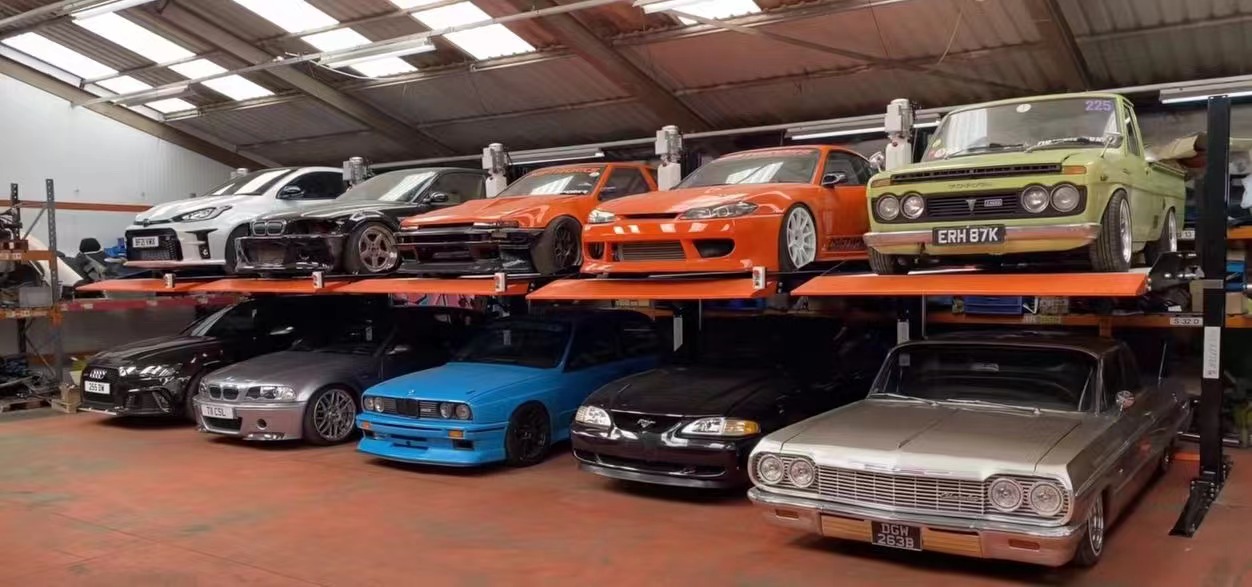
Certifications
Certifications show that a car stacker lift meets safety standards. Look for lifts that have approval from recognized safety organizations. These certifications help ensure the lift uses strong materials and reliable safety mechanisms.
A certified lift often includes features like automatic locks and emergency stops. These features protect both vehicles and users.
Installation Needs
Proper installation keeps the lift safe and stable. Most lifts need a concrete floor with a minimum strength of 3,000 to 3,500 PSI. A professional installer should check the floor and make sure it meets these requirements.
Many lifts require expert assembly. Incorrect installation can lead to accidents or damage. Always follow the manufacturer’s instructions and hire a trained technician.
| Requirement | Details |
|---|---|
| Concrete Strength | 3,000-3,500 PSI |
| Professional Setup | Strongly recommended |
| Space Assessment | Measure before buying |
Maintenance
Regular maintenance extends the life of a car stacker lift. Users should inspect cables, locks, and hydraulic systems every month. Cleaning the platform and checking for leaks also helps prevent problems.
Most lifts come with a warranty that covers parts and labor. Warranties often last from one to five years. A good warranty adds value and reduces long-term costs.
Selecting the best car stacker lift involves several important steps. Readers should:
- Assess vehicle sizes and garage space.
- Compare lift features, types, and safety standards.
- Review installation and maintenance needs.
Conclusion
Choosing the right Car Stacker Lift requires careful consideration of garage space, vehicle types, and intended use. Understanding lift features such as weight capacity, platform size, lift height, and safety mechanisms ensures both efficiency and protection for vehicles. Different lift types—two-post, four-post, hydraulic, mechanical, single-level, and multi-level—serve distinct needs, from small garages to commercial facilities.
Proper installation, regular maintenance, and adherence to safety standards are essential for long-term reliability and value. By assessing these factors thoughtfully, users can maximize storage, safeguard vehicles, and make a smart, lasting investment in their garage setup.


